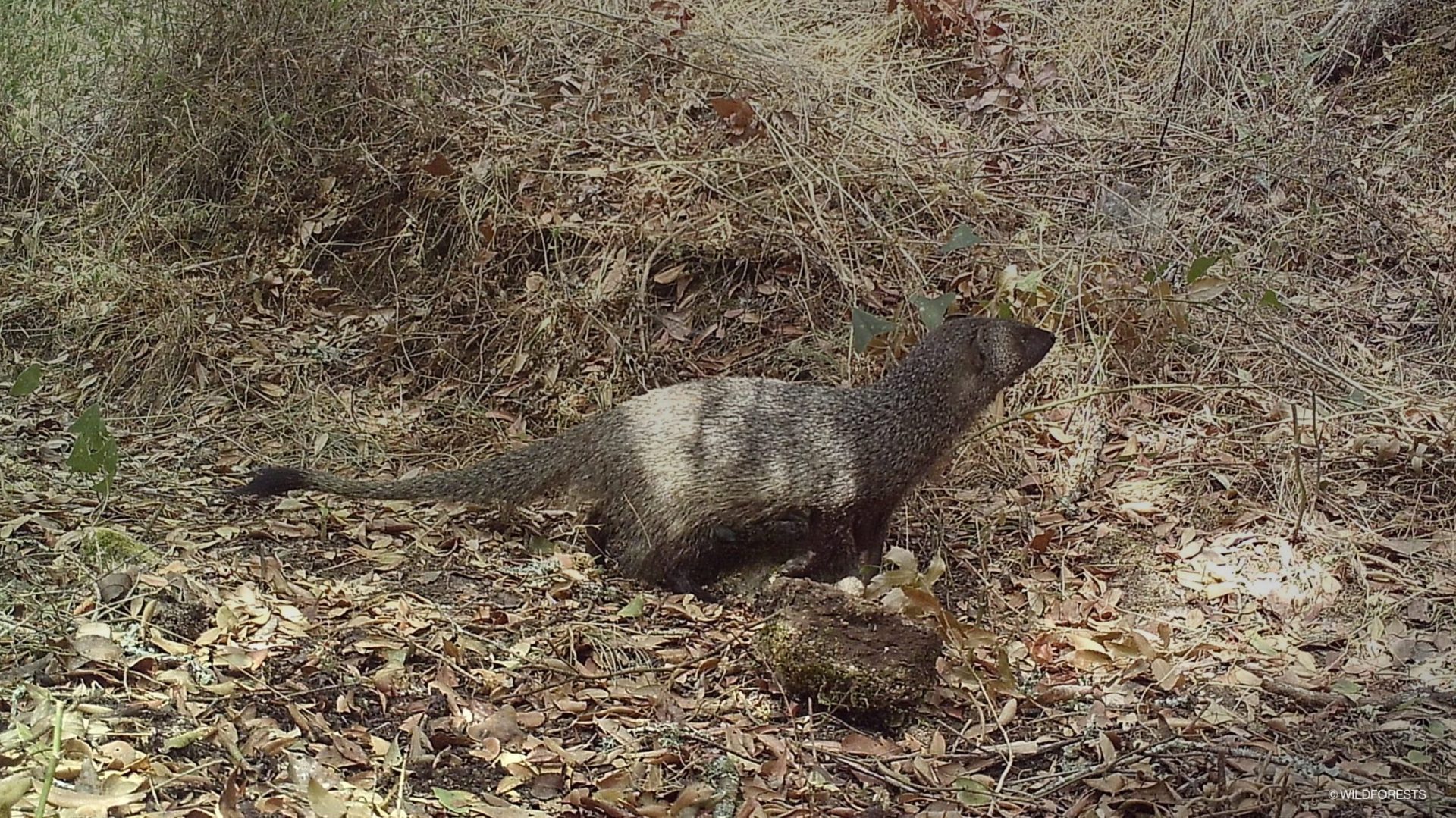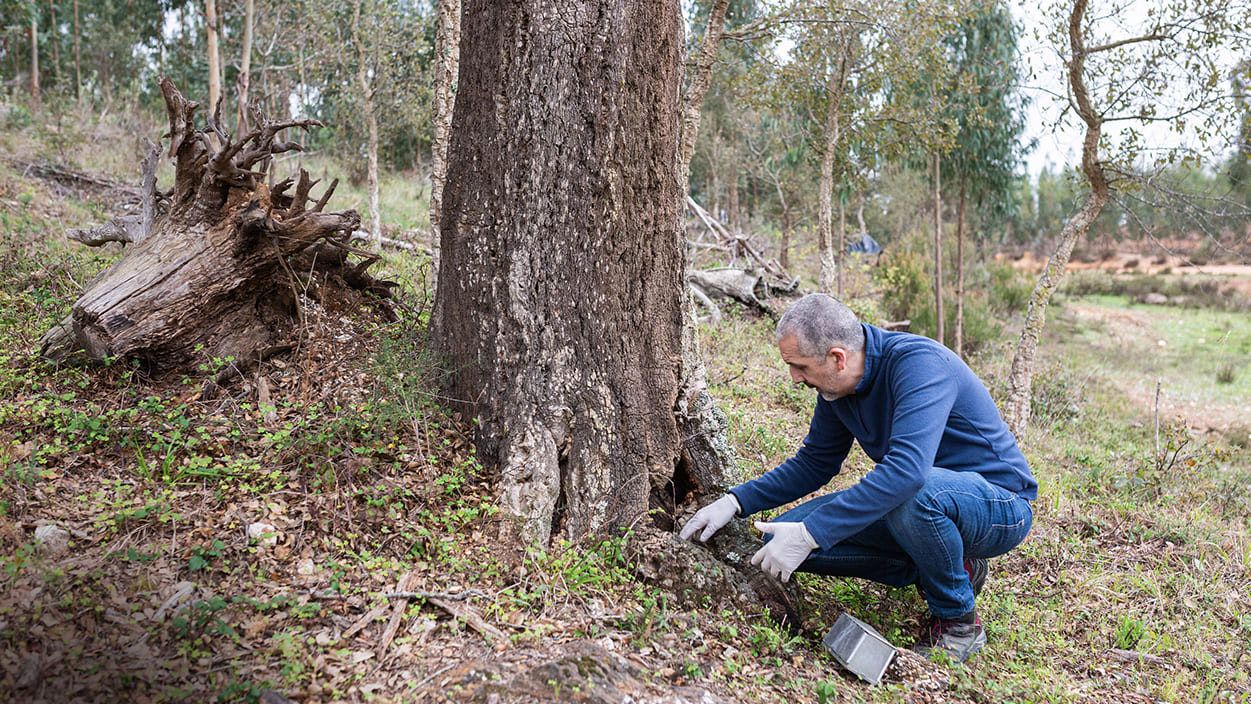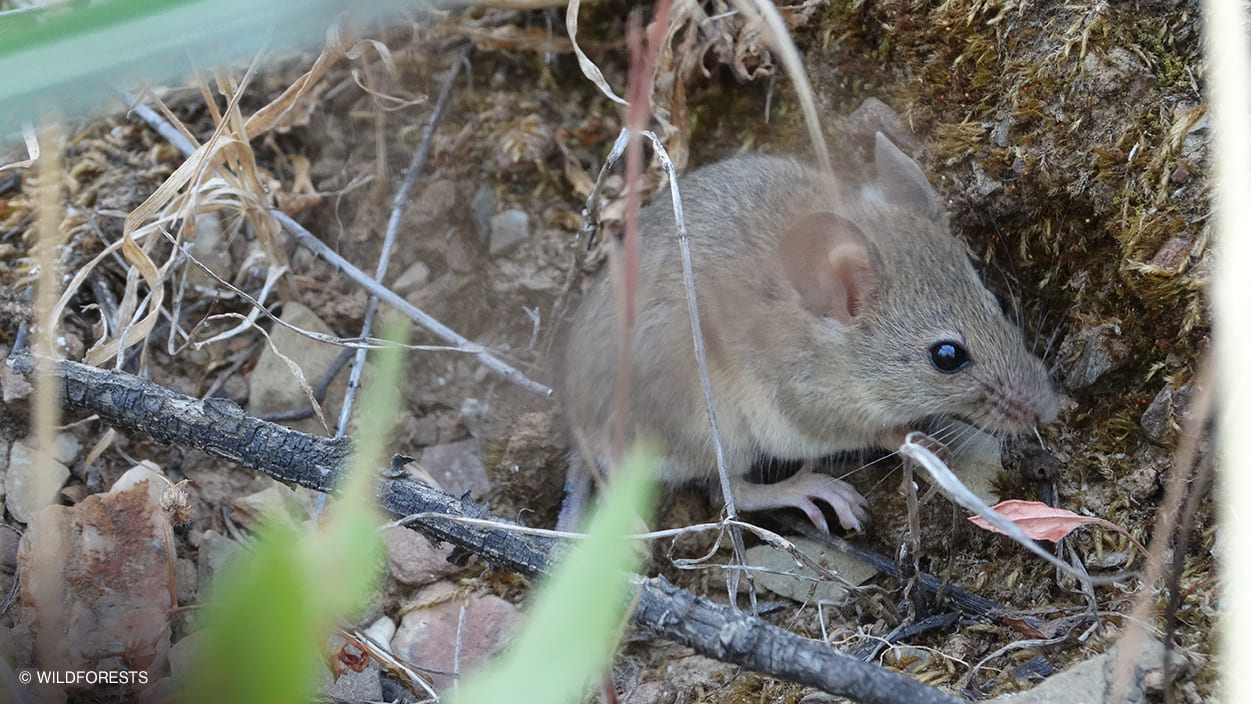Protected areas around the world are important for halting biodiversity loss, but to conserve them we also need to look at areas altered by human action and understand how to reduce the impacts of our activities on the lives of other species. This was the starting point for the WildForests scientific project, focusing on the presence of mammals in eucalyptus plantations.
Biodiversity loss worldwide has raised awareness of the need to protect biological diversity beyond protected or untouched areas, including in planted and seeded areas which are intended for harvesting. But knowing how to act in these plantations implies knowing the species that live there, how they feed or when they nest and identifying the best practices on the ground to reconcile harvesting with their presence and conservation.
These were some of the questions that led to the genesis of WildForests, a scientific project involving teams from Portugal (Universities of Aveiro and Lisbon), Brazil and Australia, committed to understanding the patterns and dynamics of mammal populations in eucalyptus plantations, and to determining the best forest management options to reconcile biodiversity and productivity.
The project started in 2019 and the initial work took place over two years, in eight study areas in central Portugal with different types of terrain – flat and mountainous, where there are eucalyptus forests of different ages, as well as areas of native vegetation. With the support of 25 hidden cameras to identify medium-size and large mammals, and harmless (Sherman) traps for small mammals, around fifteen species were observed.
Roe deer, red deer, fallow deer, foxes, wild boar, badgers, genets, weasels, mongooses, hares, rabbits, hedgehogs, white-toothed shrews, field mice and the Algerian mouse were some of the mammals observed, and although most of these species are more prevalent in areas of natural and semi-natural vegetation, all were identified in eucalyptus forests.
Previous studies carried out in other countries had already indicated the existence of mammals in plantations (capybara in Brazil, for example) and found that the species found were mostly terrestrial and small in size, generalists in the way they fed and more resilient to disturbance, says Miguel Rosalino, one of the WildForests project leaders, who is also a teacher, researcher and wildlife biologist with extensive experience in mammal ecology and conservation. “We discovered several species in these eucalyptus forests, indicating that, here in Portugal too, these areas are not green deserts”, he noted during a seminar on the presence of mammals in plantations.
When investigating the dynamics of some of these mammals, it was found, for example, that roe and red deer are more active in plantations at sunrise and sunset; and that foxes are present in greater numbers in the more advanced phases of the eucalyptus production cycle (older and taller eucalyptus). The reason for these patterns is still being studied, but the hypotheses are that the absence of human activity in the morning and evening favours the presence of deer, and that the greater heterogeneity of a mature eucalyptus stand makes it more similar to a natural forest.
“Small adjustments in the way the landscape is managed will probably be enough for the more resilient and generalist species to be able to use these environments, and for the plantations to play a complementary role in the maintenance and perpetuation of this natural heritage”, says Miguel Rosalino, who talks about some of these adjustments.





